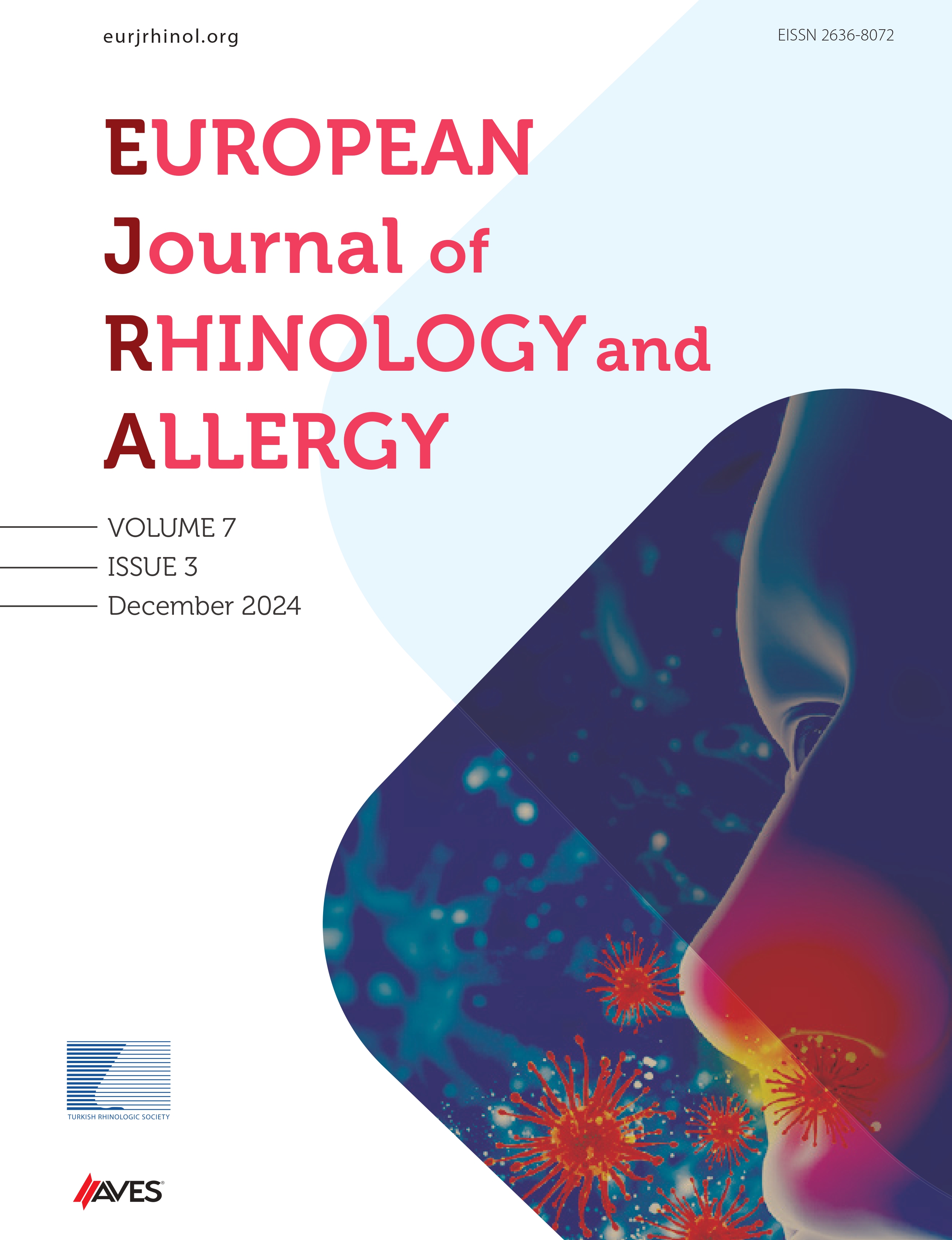Objective: Rhinosinusitis is a prevalent disease in children that can cause many substantial physical symptoms and have a detrimental infuence on their quality of life. This study aims to evaluate the predisposing factors, and management of pediatric rhinosinusitis patients.
Methods: A cross-sectional study using retrospective data from 324 pediatric rhinosinusitis patients was conducted. Demographics, predisposing factors, and management were recorded.
Results: Many of the afected patients (50.3%) were between 6 and 11 years old. The predisposing factors were allergic rhinitis (97.2%), asthma (27.2%), upper respiratory tract infection (24.4%), adenoid hypertrophy (17.9%), and gastro-oesophageal refux disease (0.6%). A signifcant association was found between the age group with upper respiratory infection as a predisposing factor in pediatric rhinosinusitis (P-value .000). Most of our patients (99.7%) responded well to medical treatment, and 8.6% of them underwent surgical therapy, mainly adenotonsillectomy.
Conclusion: This study demonstrated that allergic rhinitis was the most established predisposing factor for pediatric rhinosinusitis, followed by asthma, upper respiratory tract infection, and adenoid hypertrophy. Medical therapy was the mainstay of treatment for pediatric rhinosinusitis patients.
Cite this article as: Subha ST. Pediatric rhinosinusitis: its predisposing factors and management. Eur J Rhinol Allergy 2024;7(2):67-71.

.png)

.png)